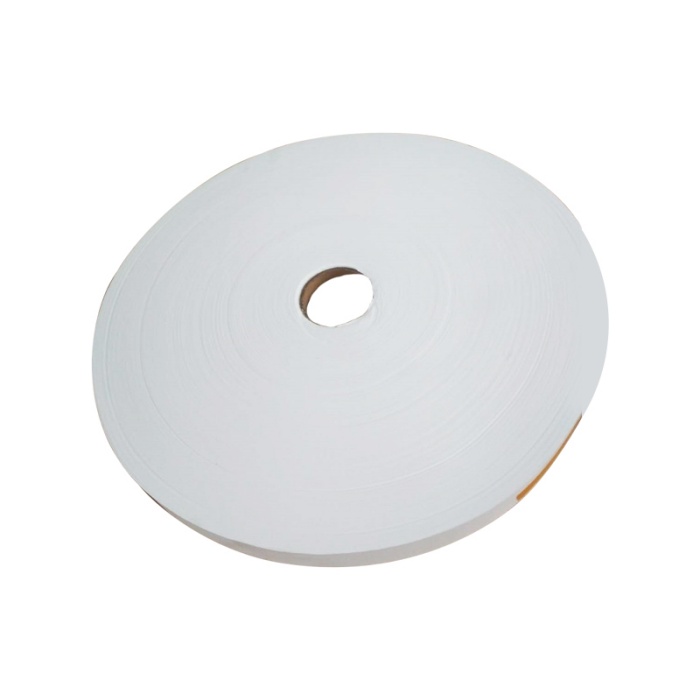Absorbent Glass Mat (AGM) batteries are widely used in various applications, including automotive, renewable energy storage, telecommunications, and uninterruptible power supplies (UPS). The AGM separator is a critical component that significantly impacts battery performance, lifespan, and safety. Choosing the right AGM separator requires understanding key factors such as material composition, porosity, thickness, acid retention, and mechanical strength.
This guide provides an in-depth analysis of AGM separators, their role in battery performance, and essential criteria for selecting the best separator for your battery manufacturing needs.
Understanding AGM Separators
What Is an AGM Separator?
An AGM separator is a fiberglass mat placed between the positive and negative plates in a lead-acid battery. It absorbs and retains the electrolyte (sulfuric acid) while allowing ion transfer between electrodes. Unlike flooded batteries, AGM batteries are valve-regulated, meaning they operate under slight pressure and recombine oxygen and hydrogen to minimize water loss.
Key Functions of AGM Separators
- Electrolyte Retention – The separator must hold enough acid to ensure proper electrochemical reactions.
- Ion Transport – It should facilitate efficient ion movement while preventing short circuits.
- Mechanical Support – The separator must maintain structural integrity under compression.
- Gas Recombination – It helps in recombining oxygen and hydrogen gases to reduce water loss.
Factors to Consider When Choosing an AGM Separator
1. Material Composition
AGM separators are primarily made from microglass fibers, but their composition can vary:
- Pure Glass Fiber – Offers excellent acid absorption and chemical stability.
- Blended Fibers (Glass + Organic/Inorganic Additives) – Enhances mechanical strength and reduces shedding.
- Binder Content – Some separators use binders (e.g., acrylic resins) to improve durability.
Selection Tip: For high-performance batteries, opt for high-purity glass fibers with minimal impurities.
2. Porosity and Pore Size Distribution
- Porosity (%) – Determines how much electrolyte the separator can hold. Higher porosity improves acid retention but must be balanced with mechanical strength.
- Pore Size Distribution – Affects ion flow and prevents dendrite formation (which can cause short circuits).
Selection Tip: A porosity range of 90-95% is ideal for most AGM batteries.
3. Thickness and Compression Resistance
- Thickness (mm) – Thicker separators provide better acid retention but may increase internal resistance.
- Compression Resistance – The separator must resist compression under plate pressure to avoid performance degradation.
Selection Tip: For deep-cycle batteries, choose a separator with high compression resistance (≥ 50 kPa).
4. Acid Retention and Wicking Rate
- Acid Retention Capacity – Measured in g/m², indicates how much electrolyte the separator can hold.
- Wicking Rate – Determines how quickly the separator absorbs acid.
Selection Tip: A wicking rate of ≥ 100 mm in 10 min ensures fast electrolyte absorption.
5. Chemical and Thermal Stability
- Resistance to Sulfation – The separator should minimize sulfation, which reduces battery life.
- Thermal Stability – Must withstand high temperatures (especially in automotive and solar applications).
Selection Tip: Look for separators with low shrinkage (< 2%) at 100°C.
6. Electrical Resistance
- Lower electrical resistance improves battery efficiency but must not compromise separator integrity.
Selection Tip: Target an electrical resistance of < 0.02 Ω·cm².
7. Cost and Availability
- High-performance separators may be more expensive, but they enhance battery longevity.
- Ensure the supplier offers consistent quality and reliable delivery.
Selection Tip: Balance cost with performance—avoid overly cheap separators that may degrade quickly.
Common Applications and Recommended AGM Separator Types
|
Application |
Recommended AGM Separator Properties |
|
Automotive (Start-Stop Batteries) |
High porosity (≥ 93%), excellent compression resistance, fast wicking rate |
| Deep-Cycle Batteries (Solar, Marine) | Thicker separator (≥ 1.5mm), high acid retention, low electrical resistance |
| UPS & Telecom Batteries | High thermal stability, low shrinkage, long cycle life |
| High-Rate Discharge (Motorsport, Industrial) | Ultra-thin (< 1mm), high porosity, superior ion conductivity |
How to Test AGM Separator Quality
Before finalizing a supplier, conduct the following tests:
- Absorption Test – Measure electrolyte uptake over time.
- Compression Test – Check resilience under pressure.
- Pore Size Analysis – Ensure uniform distribution.
- Thermal Stability Test – Expose to high temperatures and measure shrinkage.
- Electrical Resistance Test – Verify ion conductivity efficiency.
Leading AGM Separator Manufacturers
Some of the top global suppliers include:
- Hollingsworth & Vose – Known for high-performance glass mat separators.
- Johns Manville – Offers durable AGM separators for deep-cycle batteries.
- Lydall (now part of Unifrax) – Provides advanced fiber solutions for automotive batteries.
- Nippon Sheet Glass (NSG) – Specializes in ultra-thin AGM separators.
Conclusion
Selecting the right AGM separator is crucial for optimizing battery performance, lifespan, and safety. Key factors include material composition, porosity, thickness, acid retention, and thermal stability. By understanding these parameters and testing separator quality, manufacturers can ensure they choose the best AGM separator for their specific application.
Investing in a high-quality AGM separator may increase upfront costs but will lead to better battery efficiency, longer service life, and reduced failure rates—ultimately saving money in the long run.
Would you like recommendations for AGM separator suppliers based on your specific battery type? Let us know in the comments!
Post time: Jun-19-2025

